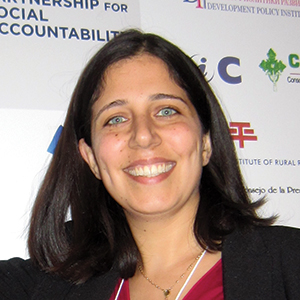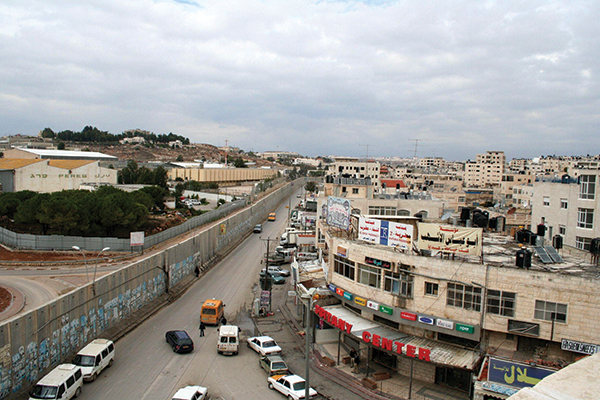
Oh, I am sure you know about Areas A, B, and C. I do not doubt you know of the daily applications of this labeling. Who doesn’t know about Qalandia checkpoint? I am quite positive you know the shortcut, better known as Kassarat. Undoubtedly, you have passed the famous Kufer Aqab traffic light. Did you use an expletive? Or have you stopped yourself just in time? I have no hard data, but I don’t know any Palestinian who sings a happy tune on his way into Ramallah – using Qalandia checkpoint and Semiramis Street. I do know a number of people who try to avoid Qalandia checkpoint at any cost.
So while you try to avoid that street as much as possible, I am asking you to allow me to give you a new perspective on things. Let me take you on a journey along the Ramallah-Al-Quds road – a journey that will not take you to Ramallah at all, but to several stops along the road: to villages and cities that are called the Jerusalem Suburbs. I don’t read minds, but I have a feeling you never pause to think of what it is like to live there. In this piece, I want to tell you what it is like. I want to tell you stories of people living there and of their daily struggles to achieve what others (non-citizens of the Jerusalem Suburbs) take for granted.
Let’s take Kufer Aqab as our first case in this piece. Kufer Aqab is an eccentric place to live in. Part of it is under the Palestinian Government and the other part is under the Israeli Jerusalem Municipality. At this point, some legitimate questions might be asked:
Who provides services to citizens? – I don’t know.
Who licenses the tall residential buildings you see on your way to Ramallah? – No one I know of.
Who makes sure these buildings are safe and have proper infrastructure? – I am still looking for the responsible agency for that.
Where do children go to play safely, to a park or a playground? – To the streets.
What do citizens do as recreational activities? – Stay away from trouble.
How many people live in Kufer Aqab anyways?
♦ I will not educate about, political/environmental/educational/health/gender/youth statues of Jerusalem Suburbs. I want to tell a human story. I want to highlight the daily struggle of being a citizen/resident of the Jerusalem Suburbs. I want to highlight the daily struggles of people, not just people passing through Qalandia and AlKassarat, but people actually living there.
Ah, here is the question to which I know the answer: Kufer Aqab’s population is not officially registered. The Palestinian Central Bureau of Statistics estimates its population to be around 18,000-20,000 people. Its village council estimates it to be around 80,000 people. Why this discrepancy? Because first, Palestinians with a Jerusalem ID did not declare themselves to the PCBS during the 2007 census; second, in the last five years, Palestinians holding Jerusalem IDs moved en masse into the tall residential buildings in Kufer Aqab because it is cheaper than living in Jerusalem – but they get to keep their Jerusalem ID. So they weren’t counted in the 2007 census.
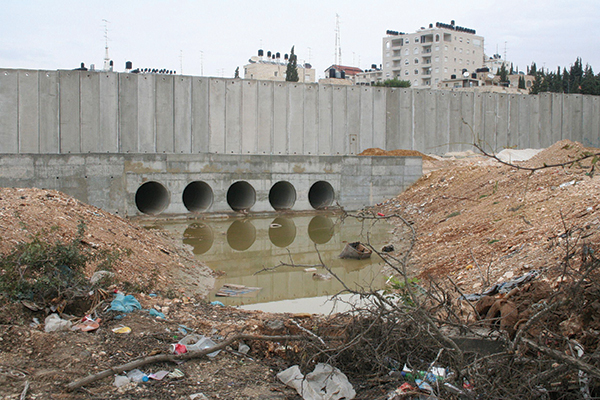
What are the implications of this population discrepancy? The implications are bountiful, to be honest. For one, under the Palestinian local governance structure, Kufer Aqab has a village council. For reasons I will not go into right now – or judge, the Palestinian Government set up a special local governing structure in the Jerusalem Governorate. In this governorate, there is only one municipality in the capital city: the Jerusalem Municipality. Other localities are governed by a village council or a local council. Because a Palestinian village council is not allocated the same amount of resources (human, capital, and financial) as a municipal council, Kufer Aqab’s council has a total of ten employees. The village mayorship is a non-paying job; so generally, the mayor of Kufer Aqab has to have an income-generating job or business because being a mayor “doesn’t feed bread.” The current mayor has a private business and only comes to the council on his day off work. I don’t blame him, of course, but I ask: is it possible to run a city of 80,000 citizens with ten employees and a mayor who comes in only once a week?
With a village council, Kufer Aqab also has no executive powers to take any legal actions against wrongdoers, like the owners of the tall residential buildings who build without licensing. Once, Abu Jabber from the Kufer Aqab village council looked at me and said: “I feel like my hands are tied all the time. Citizens ask us to accomplish tasks that are reasonable and sensible. But as a village council, it is beyond us.”
Another implication has to do with infrastructure and development projects; an international funding agency is far more interested in doing projects in densely populated cities, for wider impact. Funding agencies rely on PCBS numbers. Kufer Aqab with an official population of 20,000 will not win against a city with an official population of 80,000.
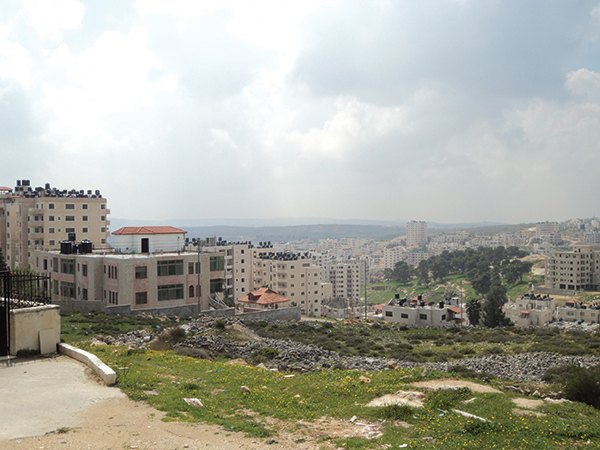
A fourth implication is something as basic as numbers: of schools, pharmacies, or health care clinics. Once, a pharmacist told me this story: the Pharmacists Association licenses one pharmacy for every 4,000 residents. Therefore, and according to official numbers, Kufer Aqab has reached its capacity of pharmacies and no licenses are being given to open new pharmacies. In reality, there is a real need for pharmacies in Kufer Aqab. Unlicensed pharmacies started to open in the city – and some of them sell not just medication, but also drugs and all sorts of things – with no one to hold them accountable.
The sadder part of the story is that the case of Kufer Aqab does not stand alone but is mirrored in other localities in the Jerusalem Suburbs as well. A similar population discrepancy is exemplified in Al-Ram and in ‘Anata. Al-Ram’s official number of residents is 18,000 and its real number is 60,000, while ‘Anata’s numbers are 7,000 and 20,000.
On your way in or out of Ramallah, you will surly pass Kufer Aqab, Al-Ram, and ‘Anata. You will also pass smaller localities like Hizma and Jaba’. Hizma is surrounded by the Wall. The main entrance to Jaba’ is through Al-Ram, because its own main entrance was closed down by the Israelis several years ago. Once, on the Facebook group for Jaba’, the question was posted, “What do you think is the most important project for Jaba’?” The majority asked for streetlights. The mayor of Jaba’ has been working very hard to get streetlights; he says it will be his proudest moment.
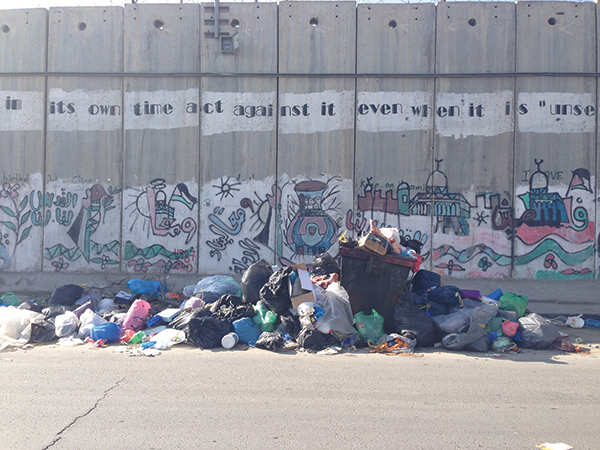
Kufer Aqab and Jaba’ may vary widely in terms of population numbers, but as all twenty-eight localities in the Jerusalem Suburbs, they face very common issues. The most important of them is security. The Jerusalem Suburbs, unlike neighboring Al-Bireh or Ramallah, lack a Palestinian police force to serve and protect citizens. Consequently, outlaws find the Suburbs to be their favorite spot to hide. Take a moment to chat with any local citizen, and she will tell you how her locality has become a popular spot for drug dealers and wrongdoers. You will start thinking “That cannot happen here in Palestine.”
Now, can you imagine yourself living in the Jerusalem Suburbs?
» Rasha Alyatim is not a resident of the Jerusalem Suburbs, but she has been working there since 2009 in civic engagement projects.
Article photos courtesy of the ARIJ.

